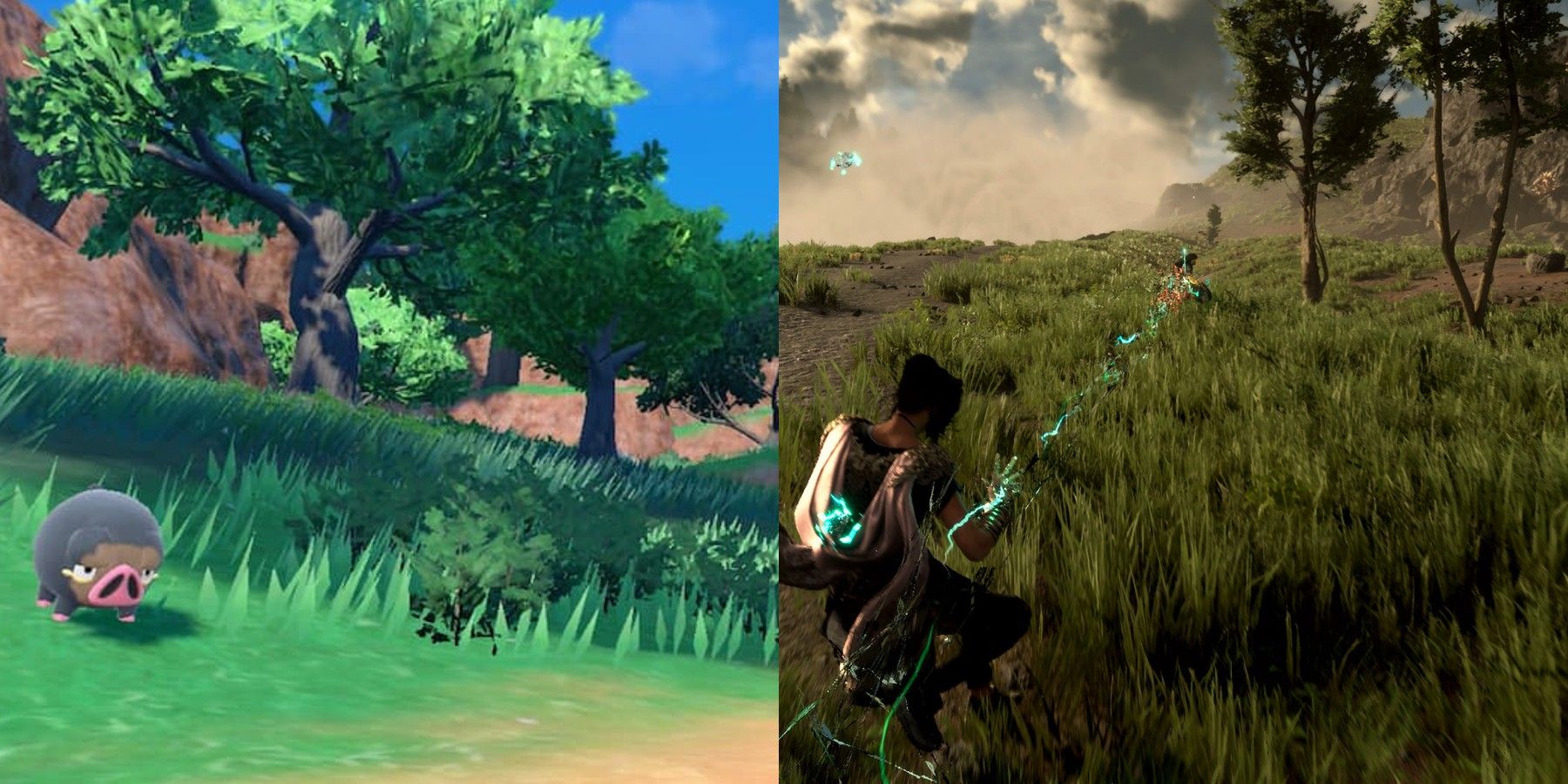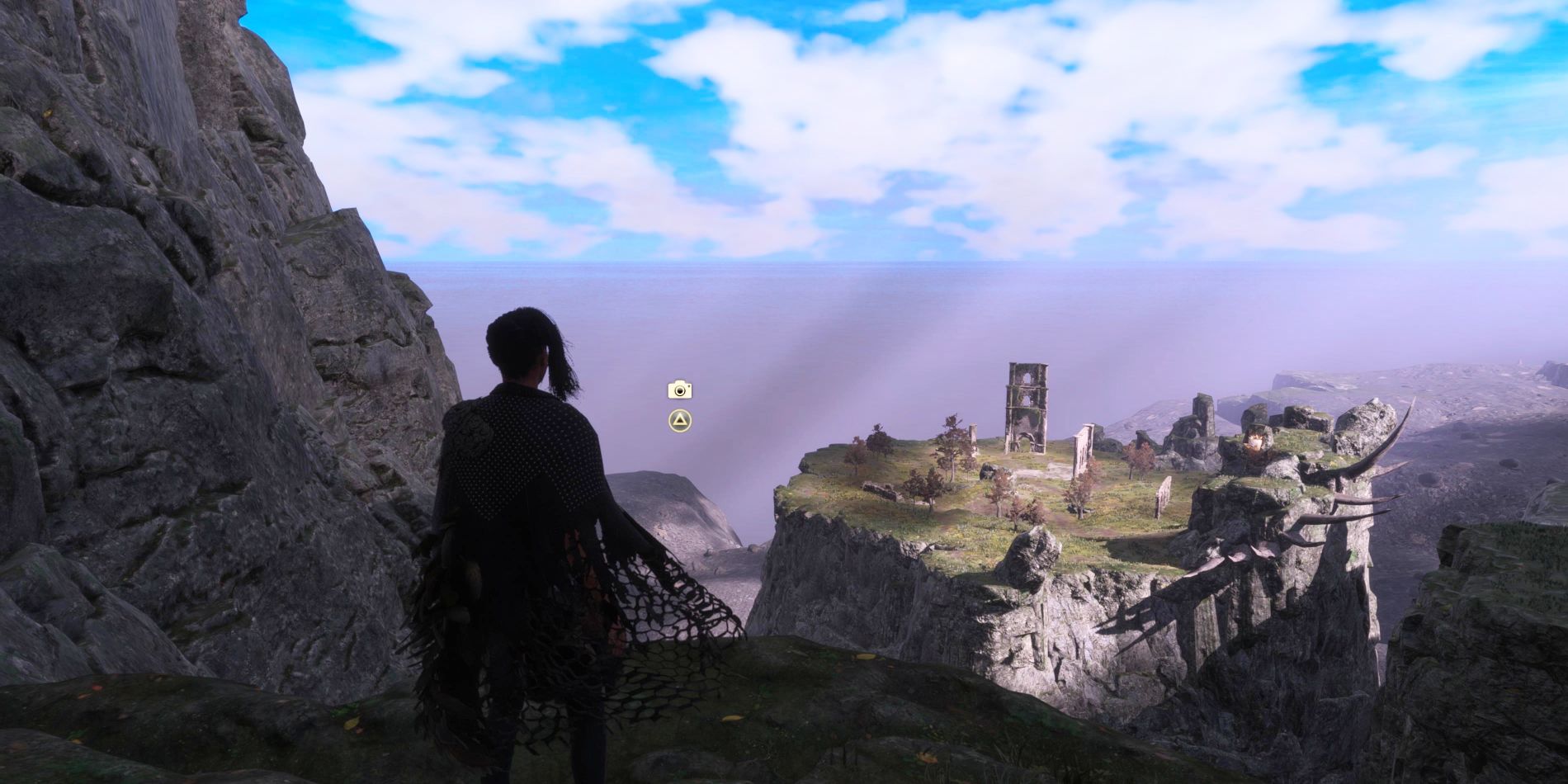Game Freak's Pokemon Scarlet and Violet and Luminous Production's Forspoken have been two of the more recent entries to step into the AAA fray toward open-world settings. Though the titles have differed in approach, their design constraints share a similarity in their lacking elevation of open-world games.
Pokemon Scarlet and Violet and Forspoken both used their open worlds as a core selling point in their advertising, instilling players with the hope of expansive and compelling lands. In Forspoken's case, the fantastical world of Athia fit the scale, though its land, while beautifully rendered, failed to capture the sense of liveliness that fans were hoping for. Some players noted a sense of dissonance in the open-world setting; while its combat and 'magical parkour' were fitting of the game's sprawling terrain, its lack of characters to interact with inhibited the world's sense of personality.
The AAA Push to Open-World Settings in Forspoken and Pokemon Scarlet and Violet
Forspoken set up a narrative justification for its isolated vistas, using the in-game curse known as The Break to explain why much of its landscapes are devoid of human life. Though it can be argued that the world's resounding feelings of loneliness and emptiness help to hone in on the game's primary conflicts, the same can be said about its poor translation to good gameplay feel. These design choices could further explain other gripes that players had with the title - the reason why Frey and Cuff's dialogue in Forspoken was so heavy-handed is likely a result of its exposition and banter having to lean primarily on the two characters.
Pokemon Scarlet and Violet, on the other hand, felt empty for reasons detached from its narrative. Beyond its performance issues and rendering limitations, some of the games' design choices felt odd in the series' translation to an open-world setting. For example, while Scarlet and Violet no longer use line-of-sight for the activation of their trainer battles, a wise choice considering the games' lack of level scaling, it doesn't explain why trainers continue to stand idly by waiting to be interacted with.
While it might have been a favorable choice for past titles' linear settings, making it more difficult for players to circumvent trainer battles, it feels almost jarring among the Paldea region's push towards the illusion of an autonomous world. A more realistic depiction of trainers and other NPCs would have them be more entwined within the setting itself. For example, one could come across trainers actually interacting with the Pokemon across Paldean landscapes, creating the appearance that the NPCs serve a purpose other than being challengers for the player's gain.
Leaning on similar design conceits while utilizing character archetypes from past titles could have made the open world feel more immersive. If throughout the player's journey there were Pokemon researchers crouching amidst mass outbreak spots, or rangers helping injured Pokemon along its terrain, then the Paldea region might have felt more substantial. While any open world will have to contend with the limitations of the game's engines, much of the design decisions that make up its parts are what create the illusion of a living, breathing setting.
Part of this lies in crafting the appearance of a world that exists beyond the player's goals and motivations. With all this said, it's worth looking at whether open worlds are even optimal for a title's story and mechanics; games like Forspoken are a tricky case, considering its combat is conducive to large stretches of land, while its narrative constraints aren't. Scarlet and Violet have a bit more leeway in this sense, though only time will tell if future Pokemon games improve upon the open-world formula.
Pokemon Scarlet and Violet are available now for the Nintendo Switch.


